|
|
|
|
[Index]
[Back] |
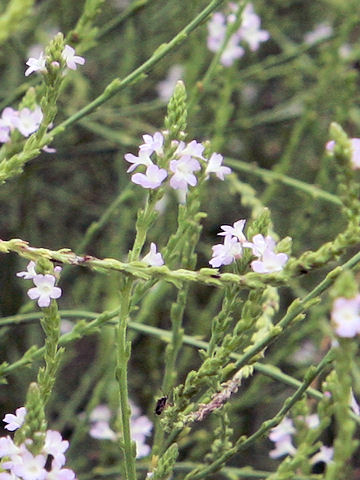 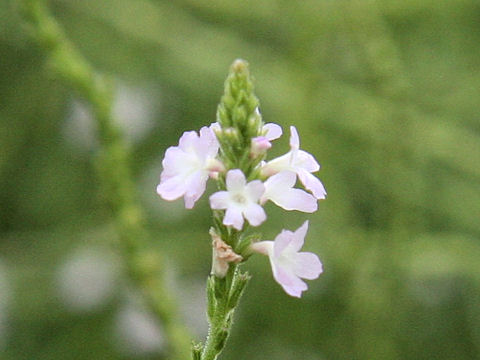 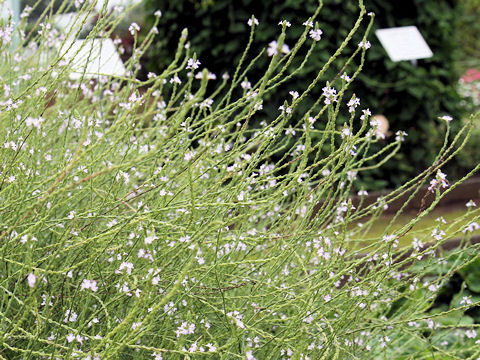 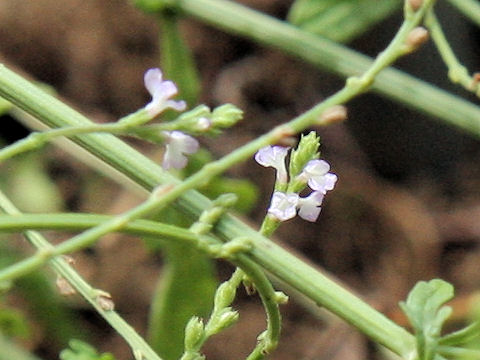 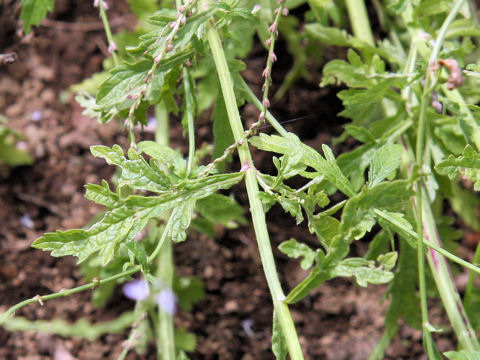 |
|
|
|
íªÌ{B©çlEãBA»êÉ[VA天çkAtJÉLªzµÄ¢Ü·Brênâ¹Î½ÈÇɶ¦A³ÍRO`WOZ`ÉÈèÜ·BsÍSŪ èA×Ä·LÑÜ·BtÍ·È~`ÅζµA³çÉHóÉóôµÜ·BU©çX²ëAsÌãÉäóÔðoµAW¢gFÌÔð穹ܷBtÍnÚiÎ×ñ»¤jÆÄÎêA¿ûòÉp³êÜ·BäpØêÅÍunÚvAêÅÍunÚima bian caojvÅ·B |
|
|
N}cdÈN}cd®Ì½NÅAw¼Í Verbena officinalisBp¼Í VervainB |
|
|
The Vervain (Verbena officinalis) belongs to Verbenaceae (the Verbena family). It is a perennial herb that is distributed from Honshu to Shikuku, Kyushu in Japan, the Eurasian Continent and North Africa. This herb grows in waste ground and roadsides, and can reach 30-80 cm in height. The stems are quadrangular, slender and long. The leaves are oblong, opposite and pinnatilobate. The spikes are borne on the upper stems and the pale magenta flowers bloom from June to September. The leaves have the name "Mabianco" and are used as a traditional Chinese medicine. In Taiwanese Chinese, it is called "nÚ", nad "nÚ" (ma bian cao) in Chinese. |
|
|
[ãEP`Q] s¬½susòpA¨vÉÄA2009N0809úBeB [REº] s¶æu¬ÎìA¨vÉÄA2009N0809úBeB |
|
|
|
Shu Suehiro |